Throwback Thursday: Do you know your planets?
If you see a picture of a planet, can you identify which of the eight it is?
“Don’t go around saying the world owes you a living. The world owes you nothing. It was here first.” –Mark Twain
So, you’ve been around a while, seen all sorts of things, and learned an awful lot about the world, solar system and Universe that we live in. But how well do you know it, really?
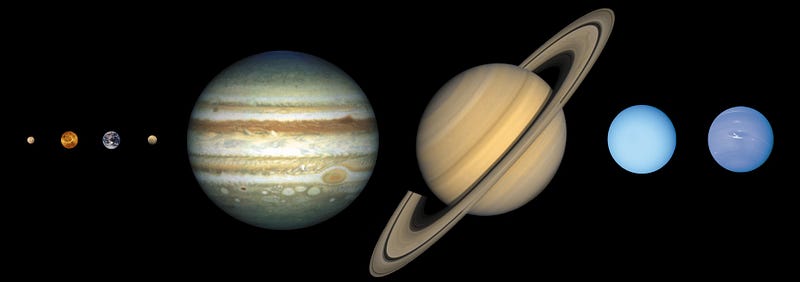
To scale and in order, these are the eight planets you know so well. There are the four rocky worlds of our inner solar system: Mercury, Venus, Earth, and Mars, and the four gas giants that dominate the outer solar system: Jupiter, Saturn, Uranus, and Neptune. With our huge assortment of terrestrial and space telescopes, as well as interplanetary space probes such as Cassini, Messenger, the Mars missions and, of course, Voyager, we’ve taken some amazing images of every one of these worlds.
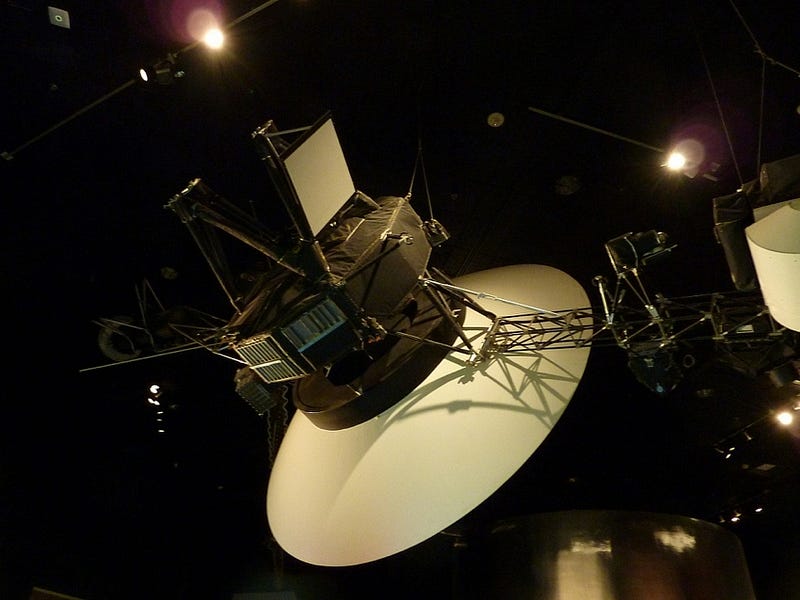
My question for you, however, is can you recognize them? A long time ago, I made a quiz to see whether you could tell Mars from Arizona in pictures, and it was difficult even for Arizonans to get them all right. Let’s see if you can solve the mystery of which image is of which planet?
Below, I’ve got two quizzes for you in two different fun formats, both of which have answers at the very bottom.
Quiz #1: You’re given eight images in random order, one each of a portion of each of the eight planets. The images are all in true color, where available, or altered to be as close to true color as I can make them. Let’s get right to it, and see if you can match all eight!
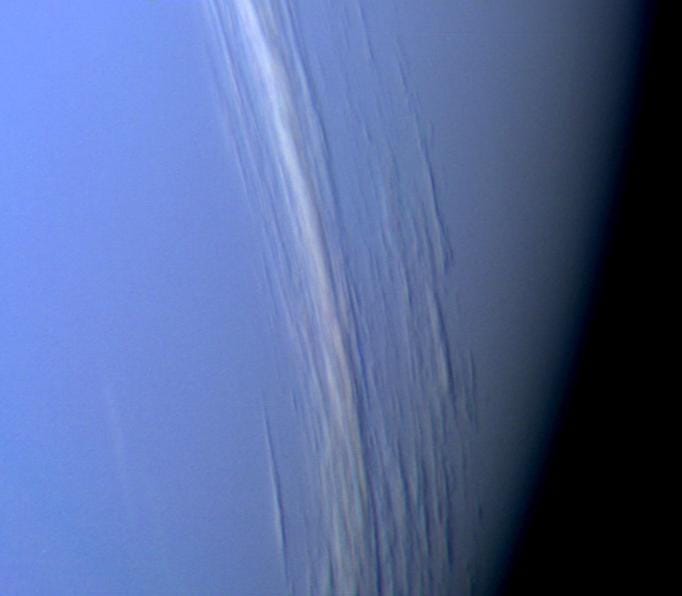
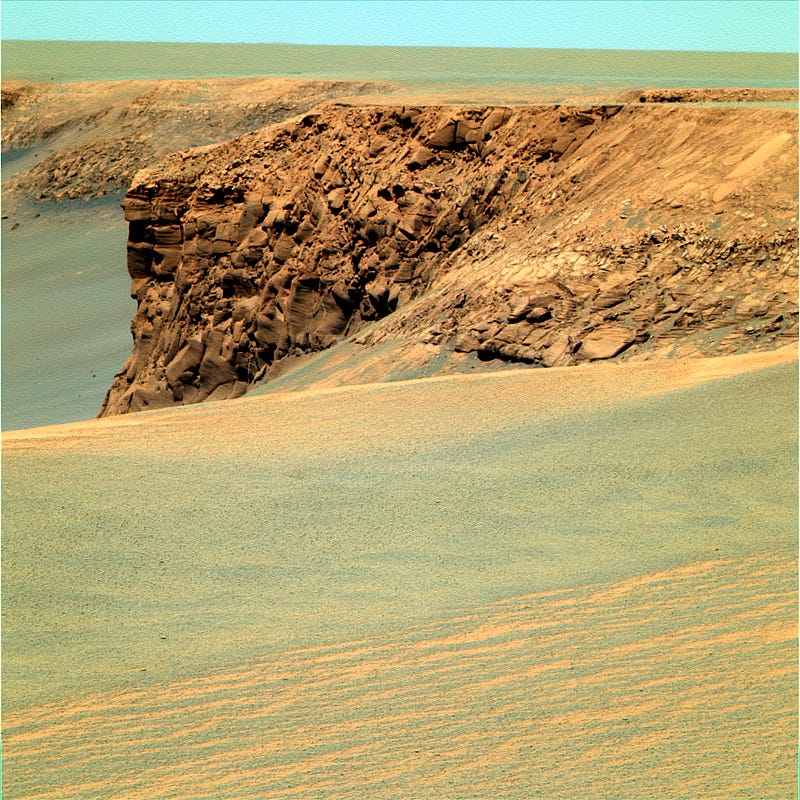
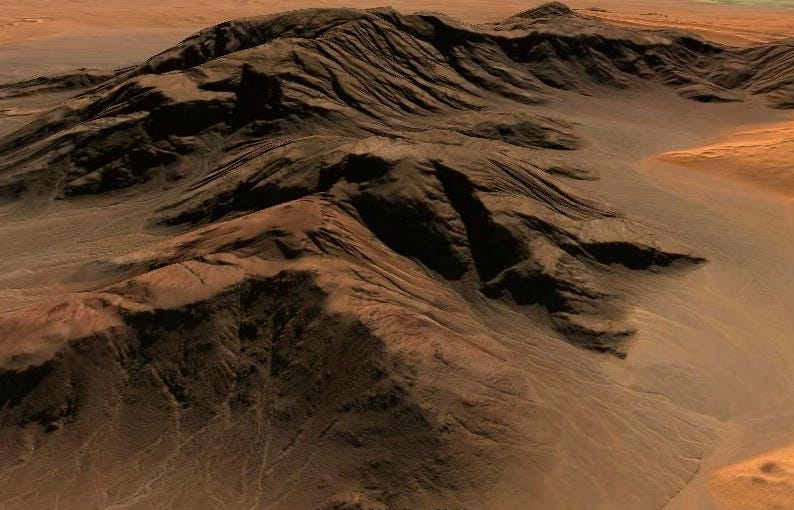
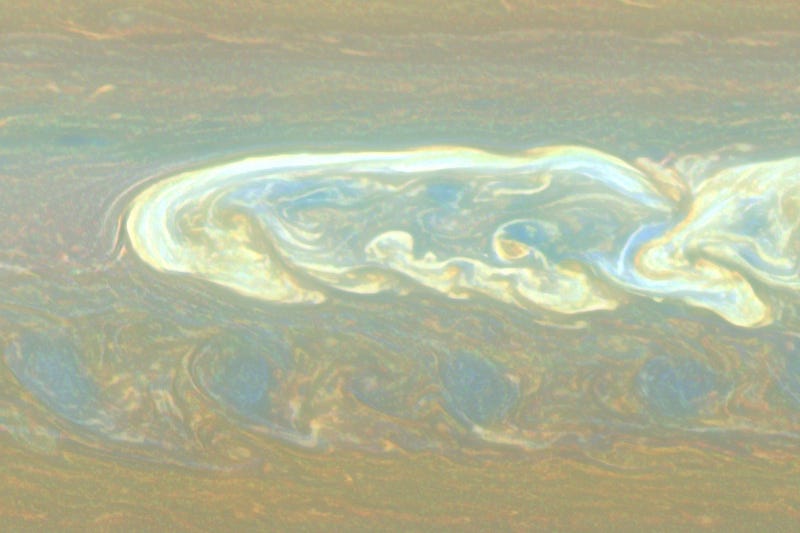
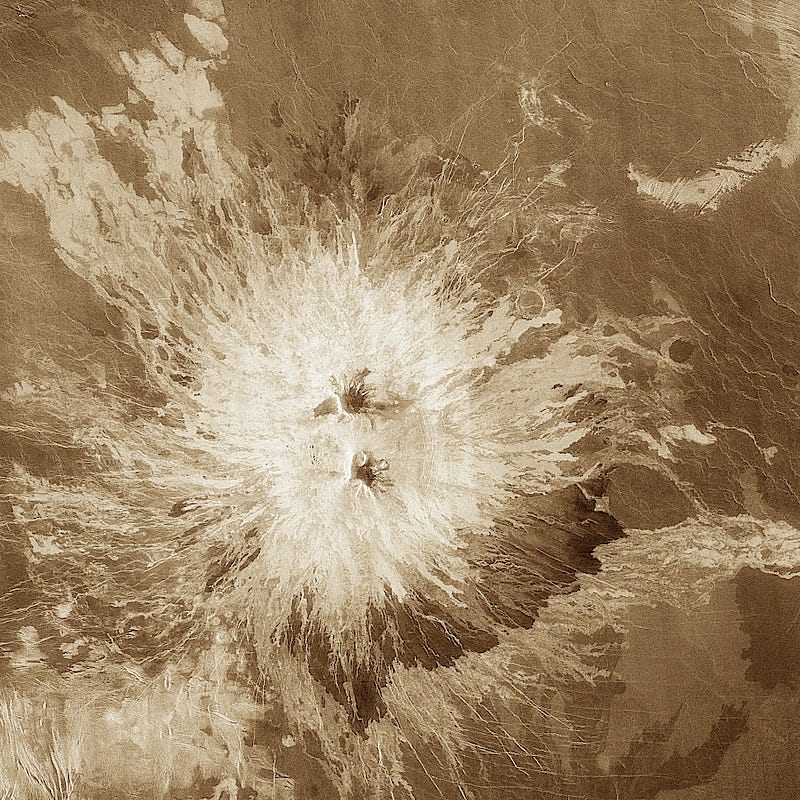
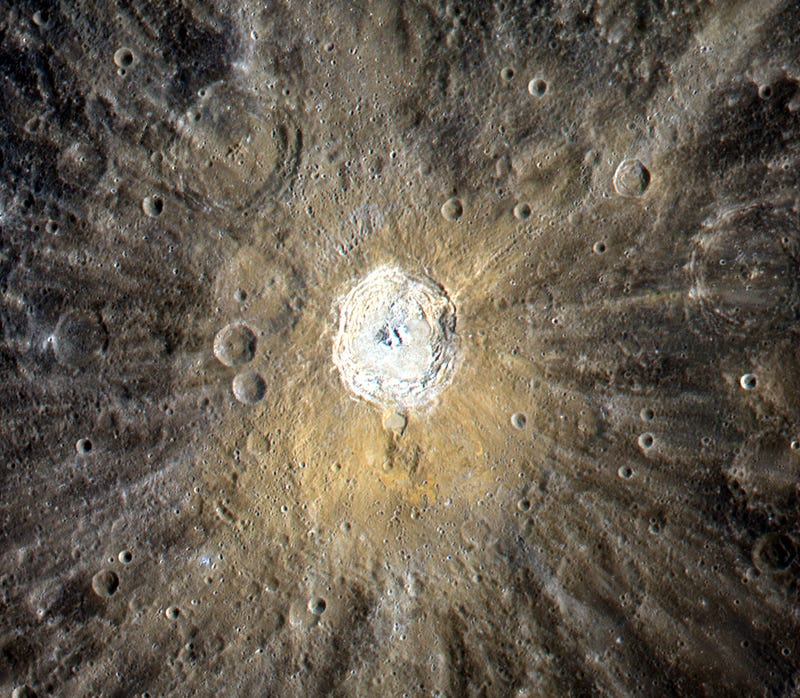
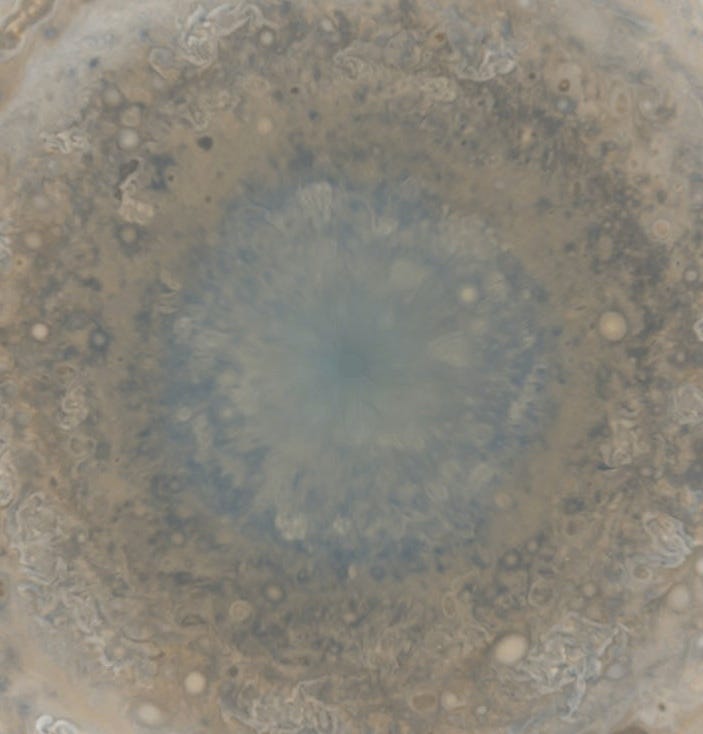
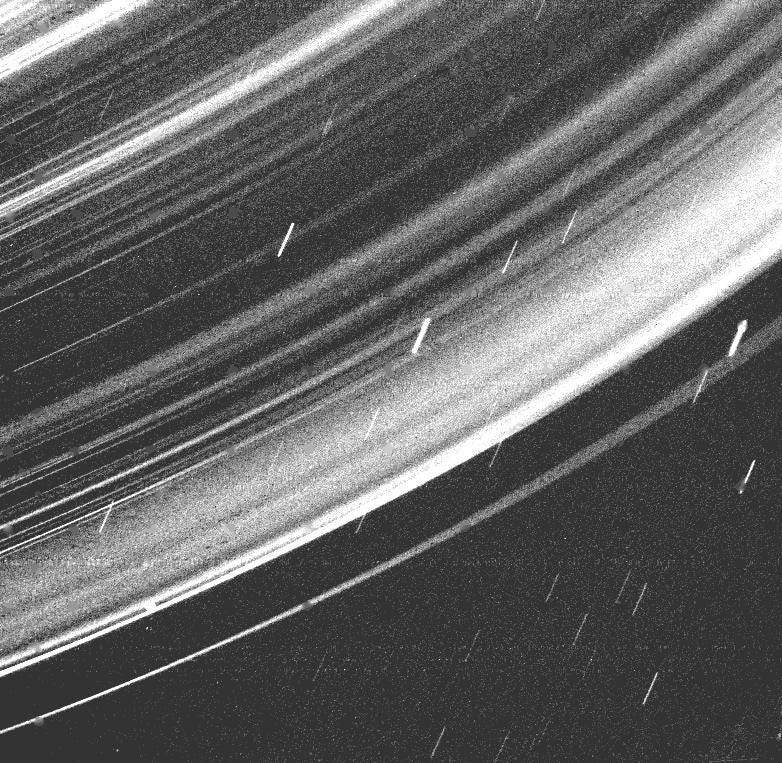
Quiz #2: Here are three candidate images for each of the eight worlds: Mercury, Venus, Earth, Mars, Jupiter, Saturn, Uranus and Neptune. In each case one image is of the planet in question; the other two are red herrings. Can you pick the right one?
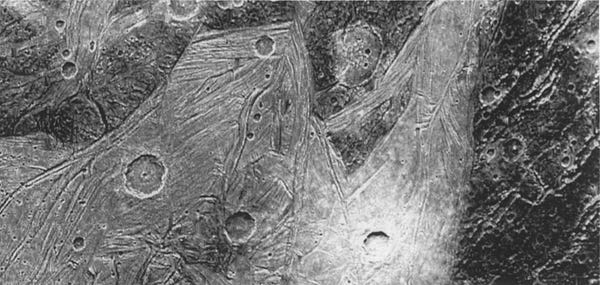
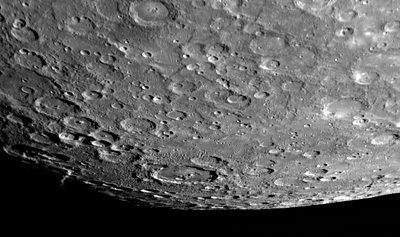
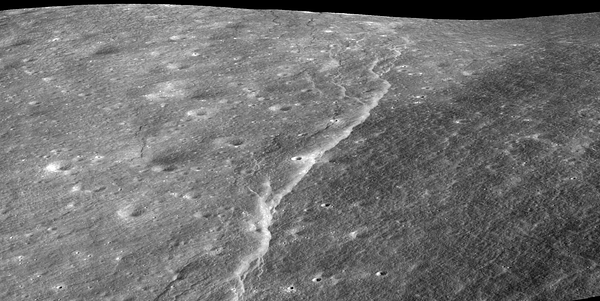
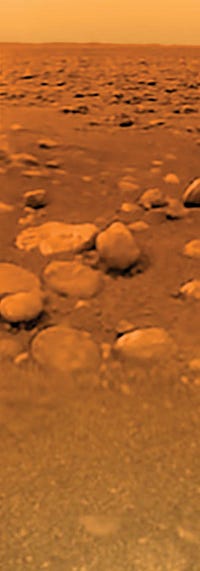
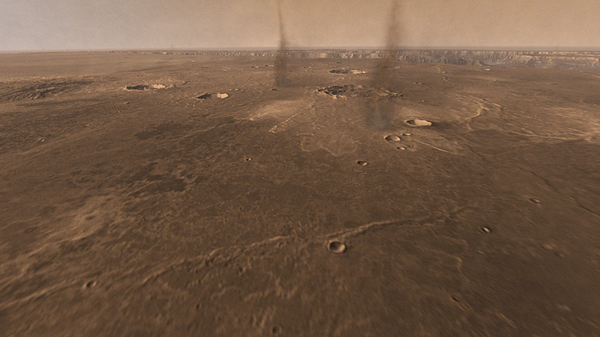
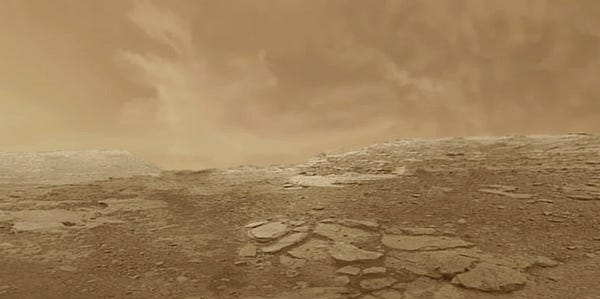
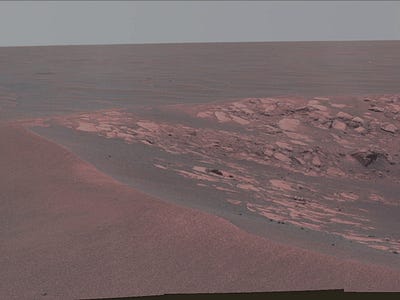
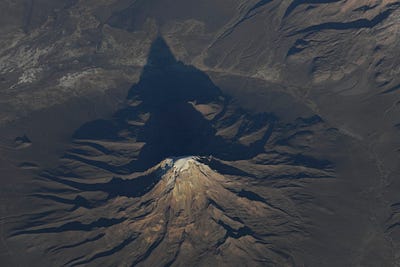
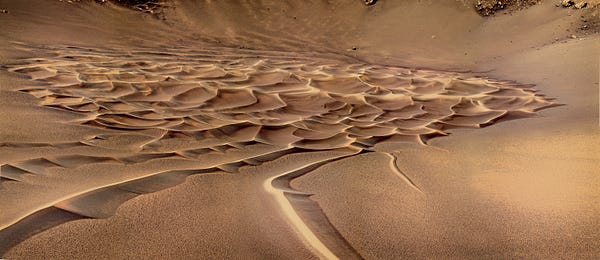
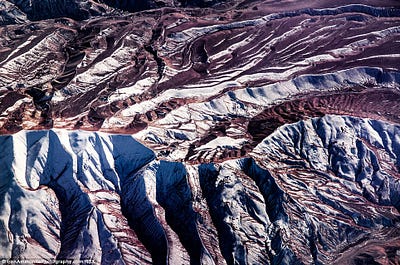
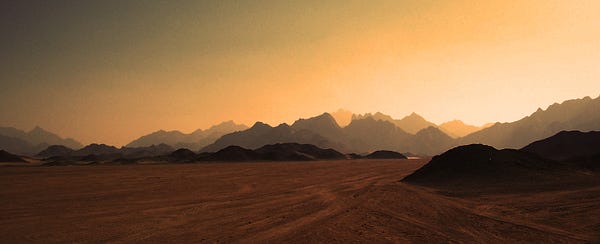
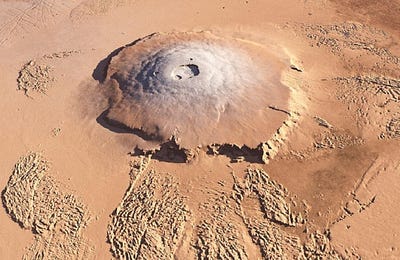
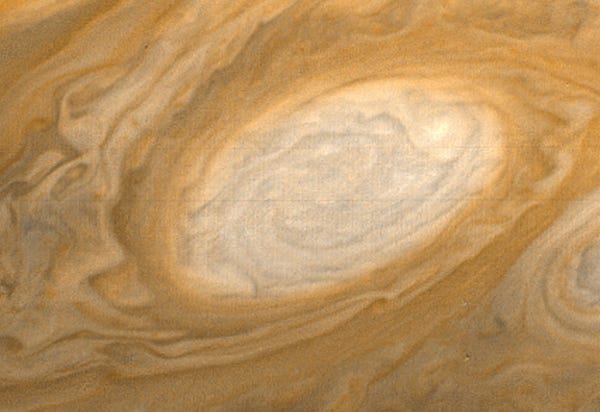
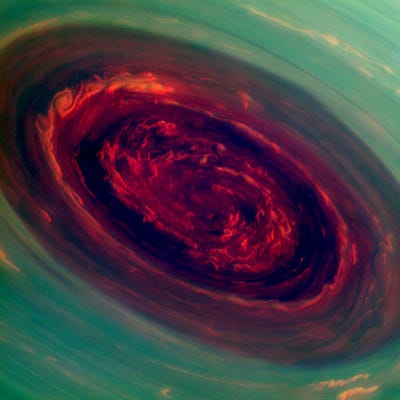
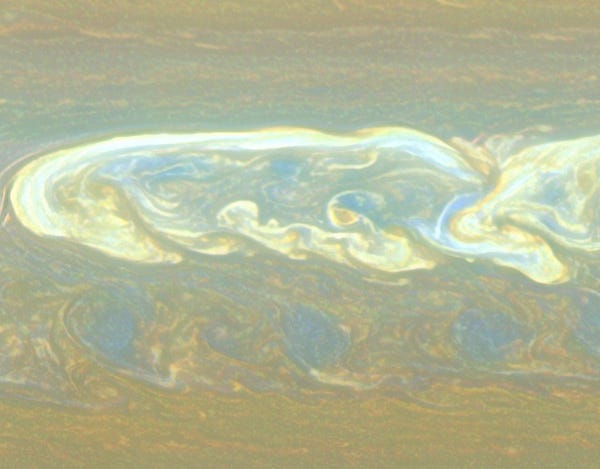

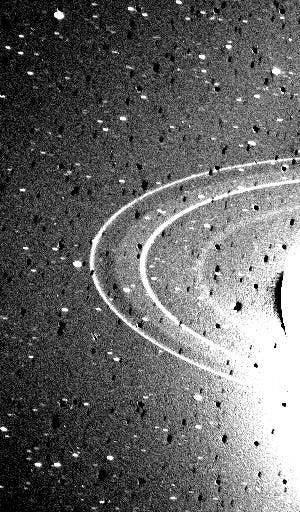
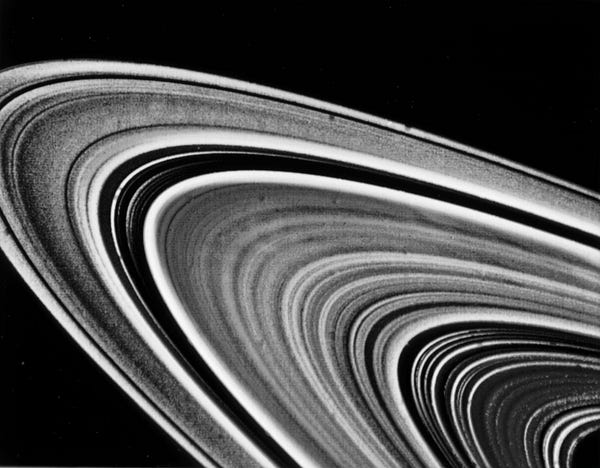
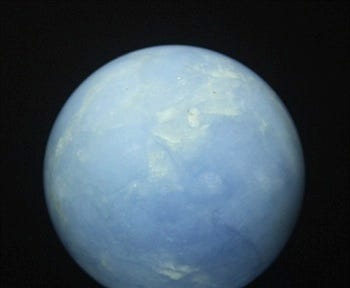
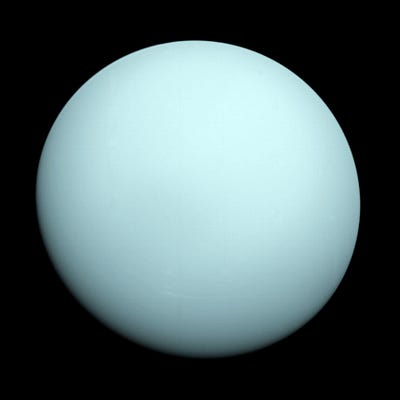
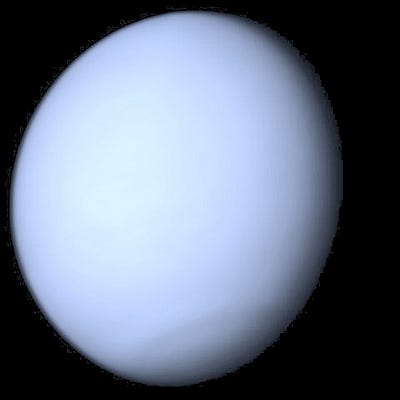
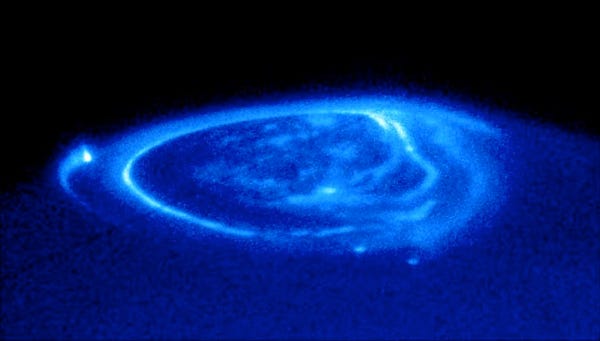
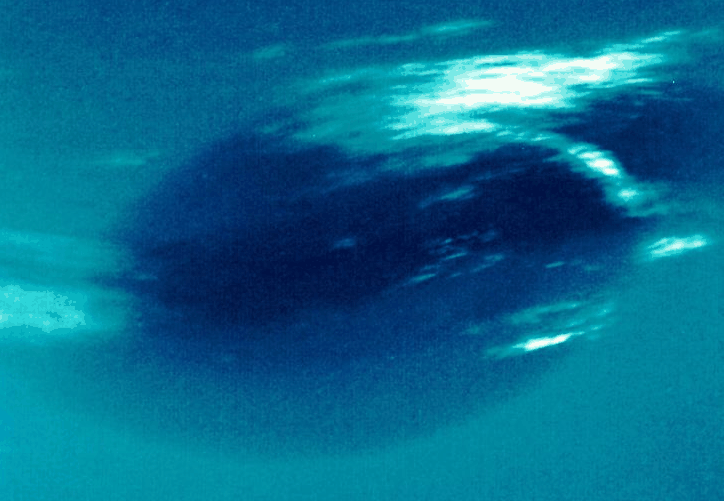
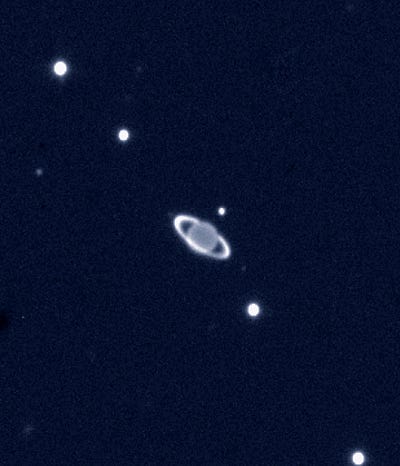
And with all of that behind you, here are your answers for each of the two quizzes!
Quiz #1 answers:
1.) The limb of Neptune, as photographed 2 hours before closest approach by Voyager 2, in 1989.
2.) Victoria crater, on Mars, as photographed by the Opportunity rover. This one is a bit false-color, but not as deceptive as the images of the Cape St. Vincent feature in that crater that you can find via google.
3.) Earth, in the desert of Namibia. Part of the Awasib mountain range, this mountain desert was deliberately chosen because of how alien the terrain looks.
4.) This was cropped from an amazing storm on Saturn, which raged for 200 days from December 2010 to August 2011. Imaged by Cassini, you can read more about the storm here.
5.) This is one of the seven great mountains — Sapas Mons — on Venus, as imaged by the Magellan spacecraft. Colors were adjusted to remove the false-red color that Magellan’s image processing returns.
6.) Mercury’s atmosphere-less surface is imaged here by Messenger. The moon-like terrain is a dead giveaway, and this is Kuiper Crater in particular.
7.) This unusual view of Jupiter, photographed by Cassini, is from a flyover of our largest planet’s North Pole, which is why it’s so unusual! Cassini has even taken movies of Jupiter’s north pole; check it out for yourself!
8.) A 96-second-long timelapse shot of Uranus’ rings, by Voyager 2 in 1986, allows us to identify 11 separate rings as part of its structure. Not bad!
Quiz #2 answers:
1.) Mercury is the center option, with a photo by Messenger; the other two are images of Ganymede (Jupiter’s Moon) by Galileo (L) and our Moon from LROC (R), respectively.
2.) Venus is the planet at right, of a photo from Venera 9 processed by Don P. Mitchell and cropped by me; the other two are images of Saturn’s moon Titan (L) from the Huygens probe, and Mars from the Themis mission on Mars Odyssey (center).
3.) Earth is the center picture, by Astronaut Wheelock aboard the ISS in 2010; the other two are images are both of Mars from the Opportunity rover, of Intrepid crater (L) and of the dunes inside Victoria crater (R).
4.) Mars is option all the way to the right, of the shield volcano Olympus Mons; the other two are images of Earth, of the Elberz Mountains in southern Iran by Paul Williams (L) and of the Black Desert mountains in Egypt (center), respectively.
5.) Jupiter is the leftmost picture, of a small white spot that formed just adjacent to the great red one as imaged by Voyager in 1979; the other two images are of Saturn as viewed from Cassini, of the south pole (center) and of its famous storm from 2011 (right).
6.) Saturn’s rings show themselves at right, as imaged by Voyager 2; the other two are images of Jupiter’s rings (at left) as imaged by New Horizons, and of Neptune’s rings as imaged by Voyager 2 (center).
7.) Uranus is the center image as taken by Voyager 2; the other two are images of Venus (at right), color adjusted from the Mariner 10 originals, and of an aquamarine sphere made by the company Spheres To You.
8.) Neptune was once famous, thanks to Voyager 2, for its “great dark spot,” which is illustrated in the Voyager image itself at center; the other two images are of aurorae on Jupiter (in the UV, left) and of the Uranus system in the infrared from ESO (right).
Hope you enjoyed the quizzes, and I’m curious to learn how many of them (and what) you got right. Leave a comment or write a response and let me know!
Leave your comments at our forum, and support Starts With A Bang on Patreon!





